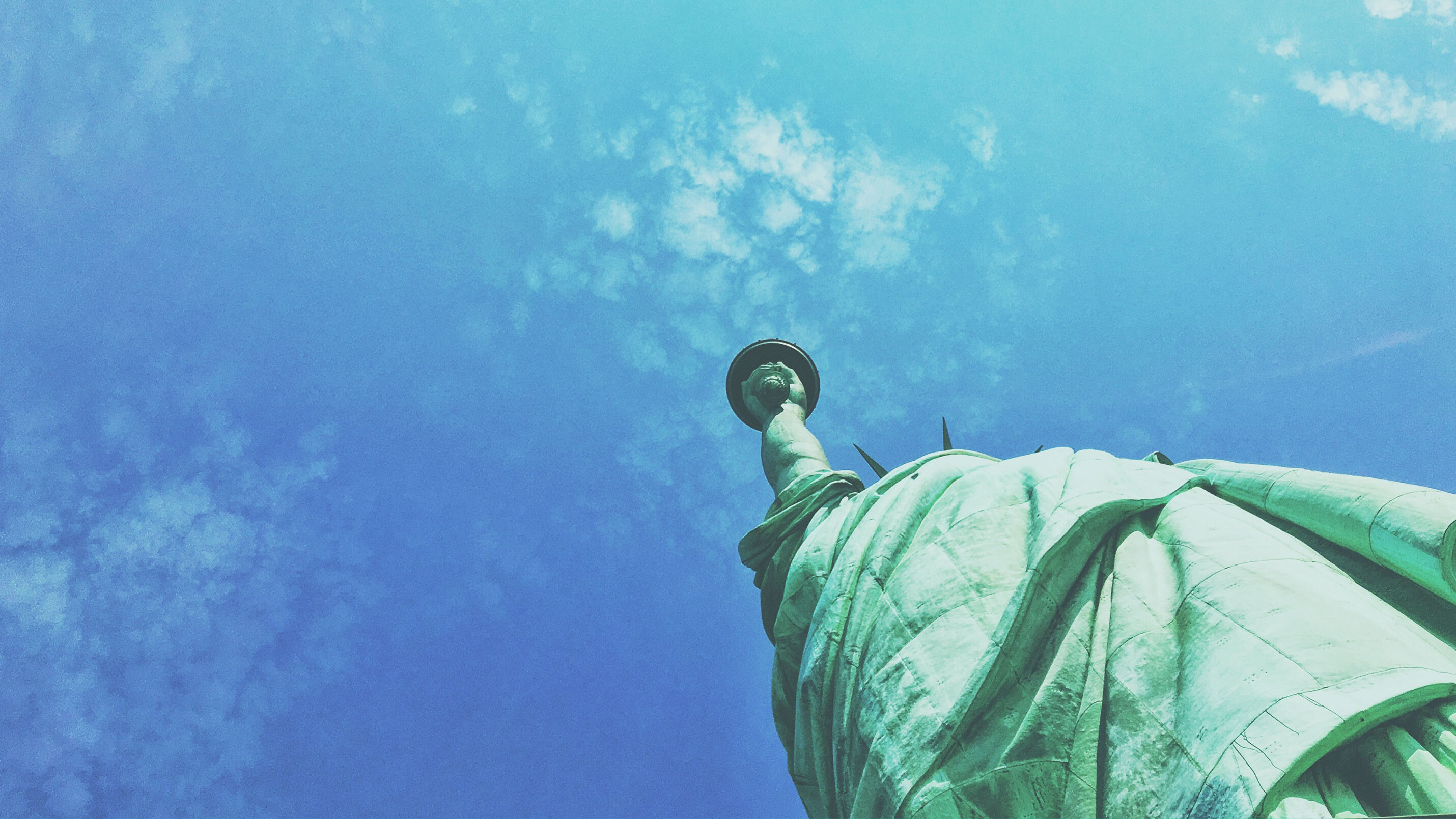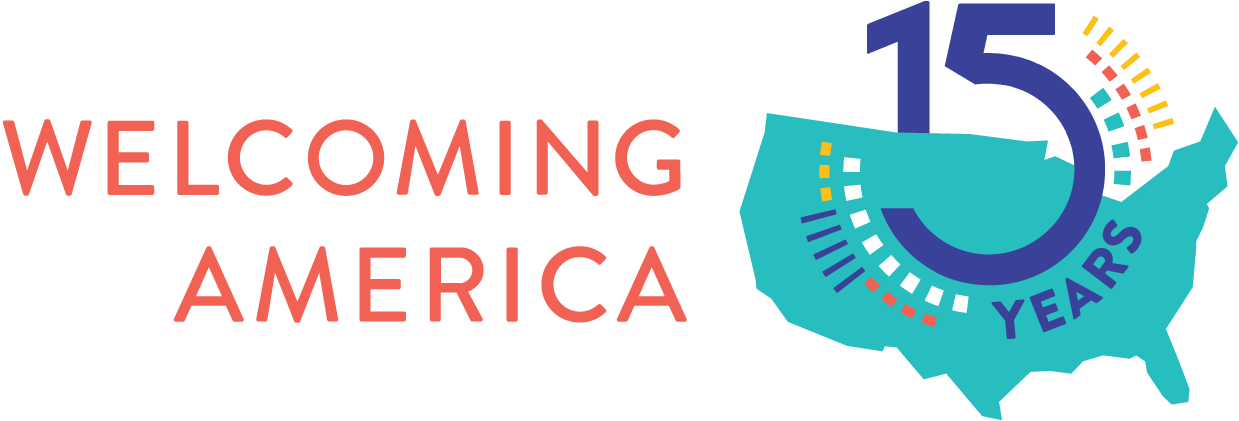
A vision for welcoming: If you rise, we all rise
If you joined us in Pittsburgh, you heard me share the story of Mother’s Day, a holiday that didn’t originate as a Hallmark card, but as a plea for peace, a manifesto, in the wake of the civil war, for mothers from all nations to come together to have a greater voice in the solutions to confronting and preventing the violence that took away their sons.
In so many ways, that story is still present – the scars of the civil war, and an America that on the one hand celebrated pluralism and tolerance and profited economically from these democratic ideals – and on the other, also from the reality of slavery, racism, exclusion, and of course, waves of acceptance and then rejection of immigrants.
And also a history in which, again and again, people stepped forward to illuminate the gap between aspiration and reality and to build a bridge –between our norms and our ideals, between an exclusive America and a truly welcoming America. One in which all our neighbors can thrive – and belong.
But mothers should not have to lose their children to expose this gap and motivate us to act. We shouldn’t have to experience horrendous violence – migrant children dying in shelters, hate crimes. Losing a child should not have to be the price of admission to sit at the table of democracy. To belong in America – or in New Zealand, or anywhere.
Because when some of us are left out, we are all left behind. What happens when a generation of American youth – a quarter of whom are immigrants – grow up hearing they don’t belong, are less than, are evicted from their homes because family members are undocumented? We are all harmed. When opportunities are closed to New American families, or any family, to be part of their community, buy a home, start and grow a business. We all get a less vital democracy, a less vital economy. We are all losing out.
The fact is: Inclusion is in our collective self-interest. And it is time now, in our era, to definitively recognize as a society that holding some of us back holds all of back.
Now, the challenge is that a growing number of Americans feel like they are the ones who are down, and we have a time worn tradition as humans of playing a zero sum game – you get less, I get more. If you get smaller, I might get bigger.
That vision is competing with one that says – if you get bigger, I get bigger. That is the welcoming vision. You rise, we all rise.
And communities are the proof point. This isn’t some folksy ideal – this is a lived reality, and communities are benefiting in dollars and cents.
In places as different as northwest Arkansas and Detroit, efforts to make people feel valued, attract and retain a diverse workforce, help people stay in their homes, is creating a more competitive business climate, and attracting new investment dollars.
In places like Charlotte and Pittsburgh, making sure more people can serve on boards and commissions, and be counted in the census, is creating a better civic culture and growing the pie for all residents.
I’m making it sound easy. I know it’s not. These places had to build the public will in the first place before they could even begin to do these things. And that’s hard, because in many places, especially those that are new to demographic change, our natural dislike for that change can feed this zero sum mentality.
At same time, this natural instinct is being targeted, exploited by extreme voices, with extreme ideas, who offer a tempting proposition – diversity and pluralism may be a nice ideal but it doesn’t work in practice. It’s too costly. It’s too messy. It’s the source of conflict – a clash of cultures.
But it’s not immigrants or growing diversity doing those things – it’s our reaction to them, the byproducts of othering, racism, taking root in places that, yes, may have legitimate concerns and challenges, but simply need the tools, the infrastructure, the practice and muscle memory to live out our American ideals in an era of change, of migration.
An era where successful places will be those that make everyone in their communities feel at home – whether they have been there for generations or arrived yesterday.
And once again, communities are also the proof point that when we do invest, our better angels prevail.
Communities that have recognized that demographic change makes us all feel like strangers –Communities that recognize that it’s not just immigrants who feel isolated, unwelcome, disconnected from opportunity. And these places have sought to create a sense of belonging, a climate of welcoming for everyone.
Places like Lancaster, PA, rural Tennessee, and Champaign County, IL, who have connected neighbors to each other through common experiences, art, dinner, dialogues, and have intentionally reached out to those who are skeptical before more extreme ideas take root.
Every day, through our work with communities, I become more convinced than ever that these are not the intractable problems that extreme voices want us to believe they are. We can make a diverse and equitable America work because we already are doing it, and reaping the benefits.
This year, Welcoming America celebrates 10 years. We’ve come a long way, but we have far to go to create a truly welcoming America, and world. That work has always called for a bottom up approach – community by community – shaping a brighter vision of the ideals our country was founded on, recognizing the ways we’ve fallen short, and working to enshrine these values in everyday practices and rituals that ensure that all Americans can thrive and belong during a time of change.

